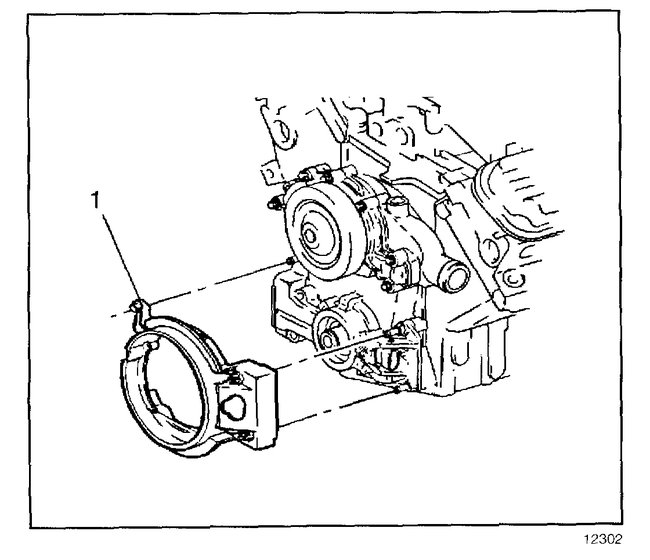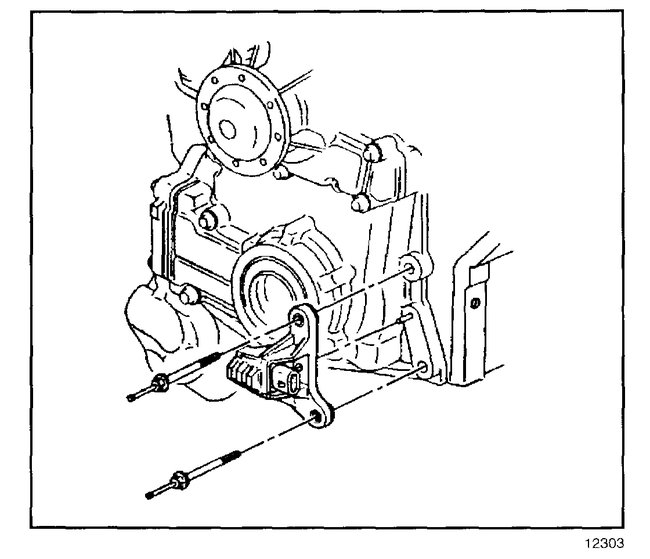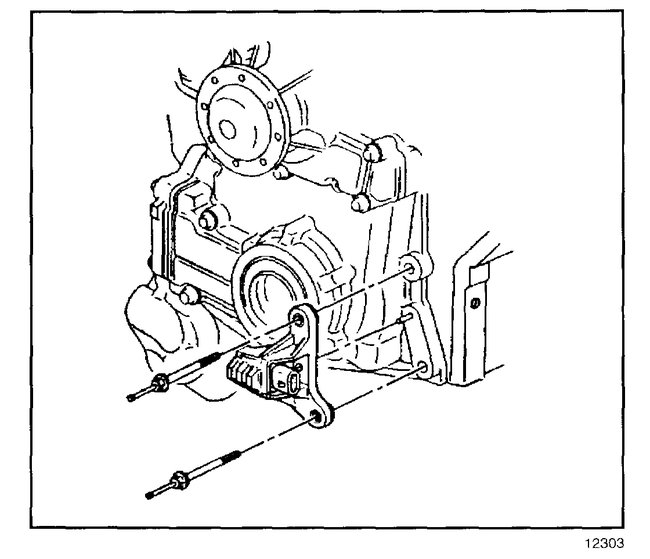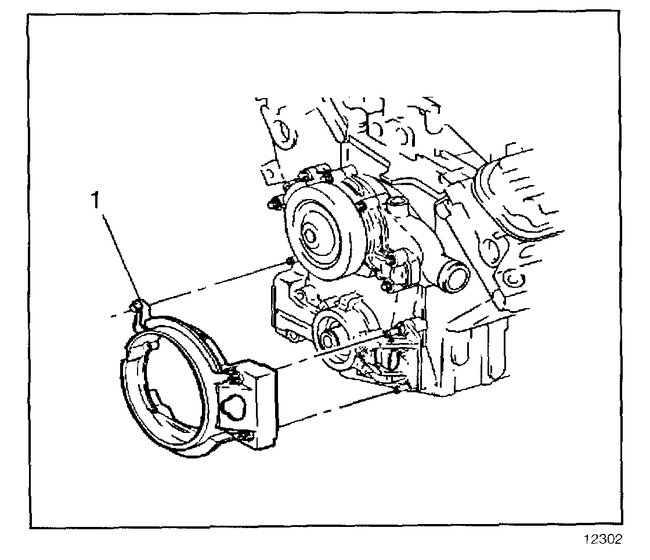I rear-ended a car recently which cause some "cosmetic" damage to the front of the car, headlights, grille, things like that.
It also broke the radiator, fans and condenser. Because of where the car was I had to drive it off the road with the coolant pouring out, and it eventually overheated and shut off. It's done this a few times when a hose or radiator broke before. As before, I waited a minute or two and it started right back up until I got it home about 2-3 miles from the crash.
I replaced the radiator and broken parts and added coolant, but didn't bleed the system (yet). I turned it on, ran a few minutes, no problems.
The next morning I tried driving it to a body shop and it didn't make it 200 feet when the engine just shut off, no sputtering, no noise, no overheating, the radiator cap was cool enough to touch. I tried starting it and it turned over but did not start, just made like clanking noises as it tried to start. I read codes and the only one was a P0481 for the cooling fan. I pushed it back up the driveway, and then 15 minutes later it started again as normal, no new codes. Later that afternoon, I added a couple of quarts of oil, drove it around the block a couple of times, no problem.
Next morning I tried to go to the body shop again, made it over halfway there, still no codes aside from the fan, no overheating, car was driving normal, and again, engine shuts off. I was on a hill, so I rolled down to a spot out of the way, tried to add coolant just in case, but the radiator was full, so I added some to the empty overflow tank. Radiator cap was just warm.
After about 20 minutes I was resigned to having to push it again, but then it started, no new codes, no overheating, no weird anything. Then about 5 blocks later it shut off again. I got pushed the rest of the way to the body shop and about 5 minutes later it started again enough to get it in the shop then I turned it off.
I'm pretty sure the pump cavitated, but there is no coolant leaks right now. There was some brass looking shavings (powder looking stuff) in the coolant which makes me think the pump may be bad.
Any suggestions?
I thought maybe there may not be enough coolant to reach/trigger the sensor to show it overheating and maybe the engine overheating then cooling enough to allow it to start again. After shutting off, there is a noise inside the upper intake manifold which sounds like water boiling. I know there is a pipe in there which carries water that's why I think the engine might be overheating without the sensor picking up all the temperature.
Friday, March 6th, 2020 AT 1:47 PM








